“Our students earn 3 college credits while developing content that is used in the broadcast.” – Kris Hupp
educador nacional premiado, Kris Hupp, o atual Diretor de Tecnologia & Instrucional Inovação no Distrito Escolar de Cornell em Coraopolis, Pensilvânia, acredita que os alunos precisam os conhecimentos e habilidades para criar conteúdo original em uma sempre crescente mundo da mídia-rich. Ao Longo 10 anos atrás, his school decided to provide students with the opportunity to create and run their own broadcasts. The kinds of skills they wanted to teach included “talking on camera, iluminação, and camera angles,” says Kris, but they were also focused on “the 4 Cs: pensamento crítico, criatividade, colaboração, and communication.”
With limited resources, the educators found innovative ways to organize a diverse team of students and mentor them to take ownership of the project. How did they do it?
A Pesquisa Global para a Educação welcomed Kris Hupp and Patricia Dahmen from the Cornell School District to find out more. Tricia teaches English and College Journalism at Cornell.
“Daily the students create a news program for the students, Faculdade, and staff.” – Tricia Dahmen
Tricia, please step us through your process. What are the roles of teachers and students in the program and how have you modified the program since it first started?
Tricia: I am the facilitator/teacher/sponsor. The students run the whole show, from writing the script to directing each other, and then producing the live broadcast. My role is to provide guidance on new programs, or even to assist new students who join; contudo, the students tend to teach each other the ropes. Since I became the sponsor, we have added new elements to enhance the show that is presented to the school. We add layers in Wirecast, such as weather elements and commercials that are student created. Também, we have upgraded the camera in the studio, added new audio features, and updated the prompter. Todo ano, we update hardware and software to improve the show. Pessoalmente, I have learned since we rely on YouTube, whenever they update on their side, we have to relearn how to create posts, upload digital signs, e mais. This causes both the director and myself a lot of stress and frustration, but it always comes together in the end.
How many students are involved in the program now and what are your plans to expand it?
Kris: Over the last couple of years, we have expanded the reach in a number of ways. Tricia is teaching a dual enrollment journalism class through Point Park University. Our students earn 3 college credits while developing content that is used in the broadcast. We also have a teaching artist from Steeltown Entertainment here twice a week to support Tricia and our students. Adicionalmente, we work with a company called Fusfoo that hosts our student-created work on their website. It is like a YouTube for student-produced content. Mais recentemente, we purchased Adobe Creative Cloud licenses for our students, and are now offering a Photoshop and Illustrator class. We are expecting that our students will be able to create higher quality graphics in the years that come.
Tricia: Temos 15 students who have stayed on for the duration of the school year. Any student who is interested is welcome to come and join. We love new talent! I would love to have a Journalism II class where students engage in more investigative pieces where they conduct more professional interviews and really connect with what is happening in our community. Também, every year as a team, the students and I decide what elements we would like to add to enhance the morning announcements. Por exemplo, this year we added a weather icon to appear during the daily weather report, along with a display for icons that correlate with the daily news to provide a visual element to the news report.
“The students who join CHSTV are looking to learn more about broadcast journalism, and some of them have become “especialistas” in their job positions. This enables them to become teachers.” – Tricia Dahmen
Can you please share examples of programming produced by students and talk us through them?
Tricia: Daily. the students create a news program for the students, Faculdade, and staff. If you go to our YouTube page, “TheCornellCHSTV,” you can view our daily live productions. Some are amazing and flawless, while others show some of the challenges that the students have faced throughout the year.
Wyatt Fiedler has created several projects for publication this year as part of his journalism class. The first project is titled “Remake Learning Day,” for which he conducted interviews with students and teachers.
Another project created by Wyatt is titled “Cornell Outdoor Classroom.” In this piece, Wyatt and Mike worked together to document the beginning of a new project at Cornell.
What do you think makes your program unique as a learning initiative?
Kris: I think our project is unique for a number of reasons. The broadcast each morning is not officially part of any class. It is run by students who voluntarily give up their breakfast each morning. And because our TV studio was built over time by students and teachers, it has a lot of flexibility and everyone is involved in troubleshooting.
Tricia: The students who join CHSTV are looking to learn more about broadcast journalism, and some of them have become “experts” in their job positions. This enables them to become teachers. Adicionalmente, this is a nice gateway to learning more about a possible career in communications. Many of the students on the morning announcements news crew have joined the journalism course where they work with Steeltown Entertainment and Point Park. Além disso, many of the students who enrolled in the Journalism course have decided to go to college and major in communications. Por exemplo, Wyatt Fiedler is going to Robert Morris University to major in sports broadcasting; Michael Long is going to Robert Morris University to major in video editing and directing. Former students have gone on to intern for local radio stations in the Pittsburgh area. So through this program, students have discovered a way to have their voices heard and to make their mark on the world.
“As technology evolves, so does our student experiences. Também, with more students becoming interested in the program, we will continue to evolve and enhance the experience.” – Tricia Dahmen
Looking into the future – what are your predictions and what would you like to see the Equitable Student Broadcasting Program become 5 anos a partir de agora?
Tricia: I would predict that we are producing better quality daily productions as well as supplemental pieces that reflect the growth of our small school. As technology evolves, so does our student experiences. Também, with more students becoming interested in the program, we will continue to evolve and enhance the experience.
Kris: I would love to see more live coverage of events in the next five years. Our students could gain some great experiences covering events, such as live sporting events. I would also like to expand on our curricular offerings in journalism.
CM. Rubin with Kris Hupp and Tricia Dahmen
Obrigado ao nosso 800 mais colaboradores globais, professores, empresários, pesquisadores, líderes empresariais, estudantes e líderes do pensamento de cada domínio para partilhar as suas perspectivas sobre o futuro da aprendizagem comA Pesquisa Global para a Educação cada mês.
C. M. Rubin (Cathy) é o fundador do CMRubinWorld, uma editora on-line focada sobre o futuro da aprendizagem global, e o co-fundador do Planeta Classroom. Ela é a autora de três livros mais vendidos e dois amplamente lido series.Rubin on-line recebeu 3 Prêmio Upton Sinclair para “The Global Search for Education”. As séries, que defende Juvenil, foi lançado em 2010 e reúne líderes ilustres de todo o mundo para explorar as questões de educação-chave enfrentados por nações.
Siga C. M. Rubin no Twitter: www.twitter.com/@cmrubinworld

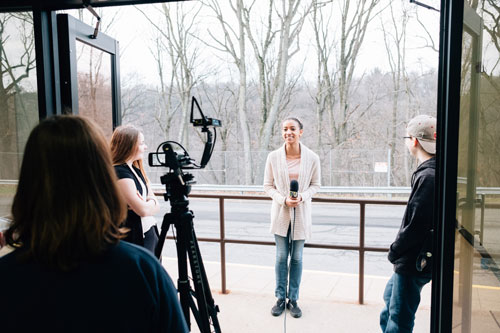
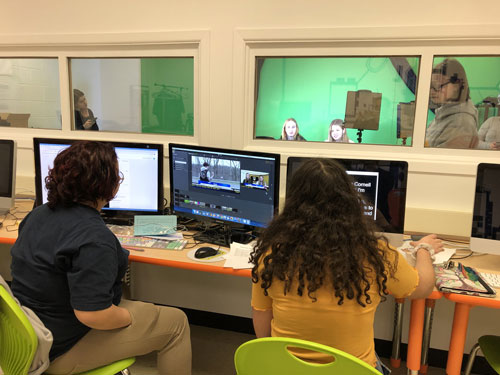
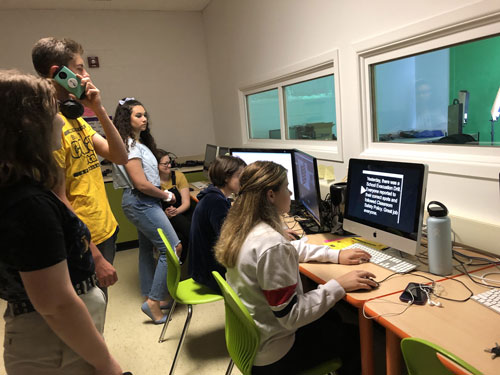
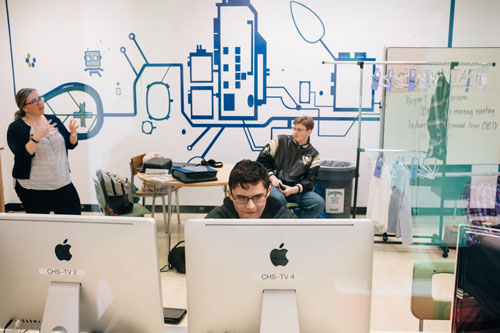
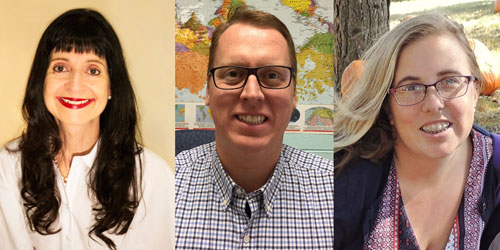
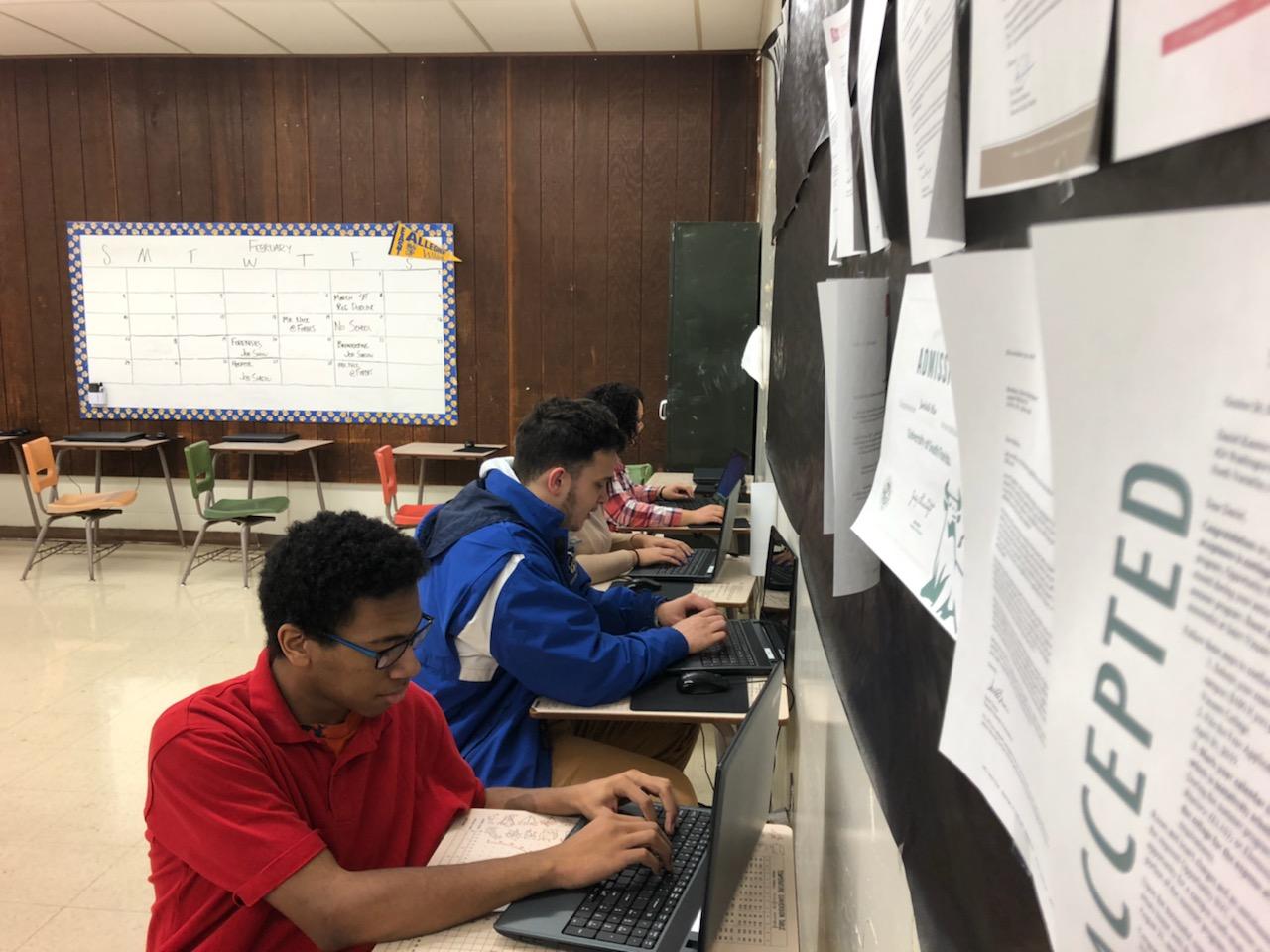
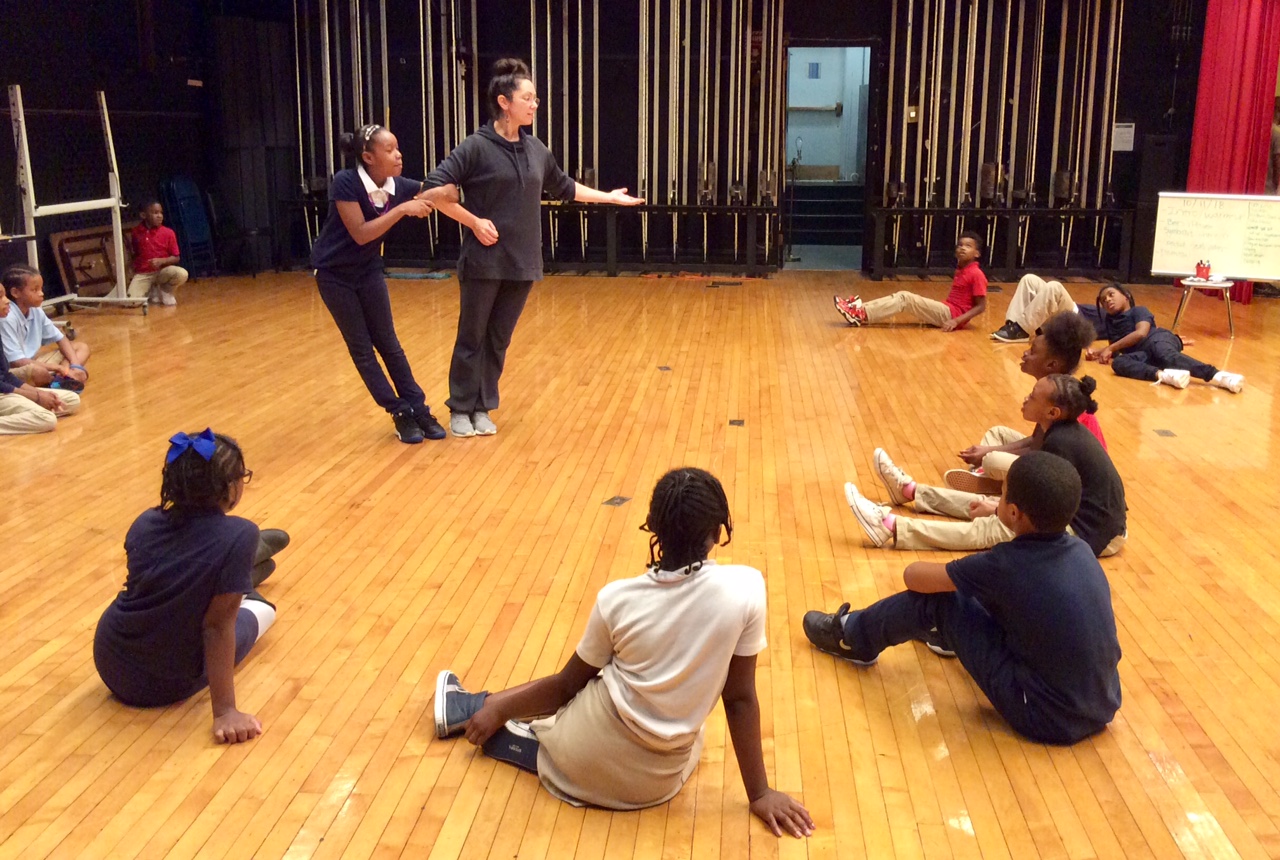

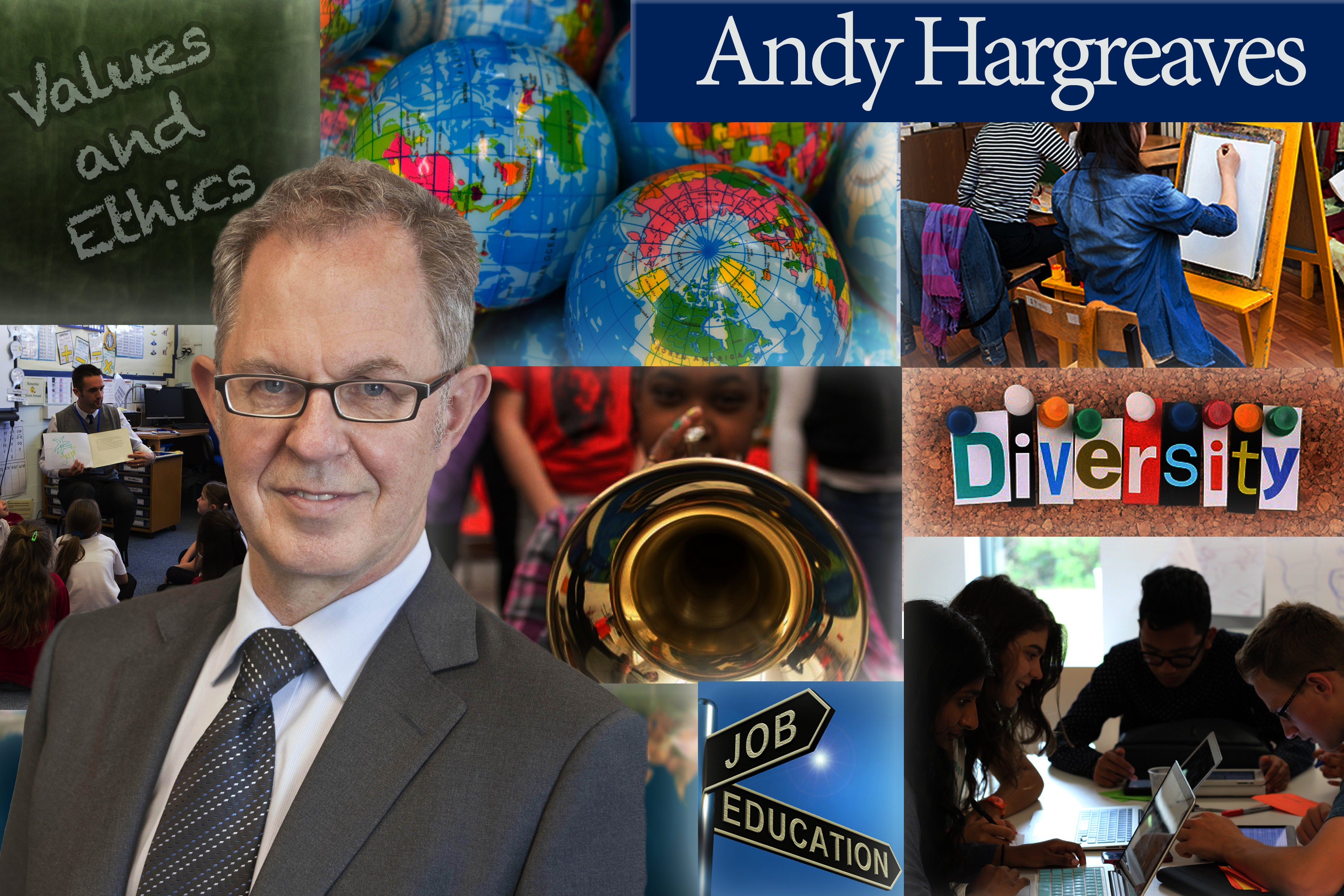
Comentários Recentes